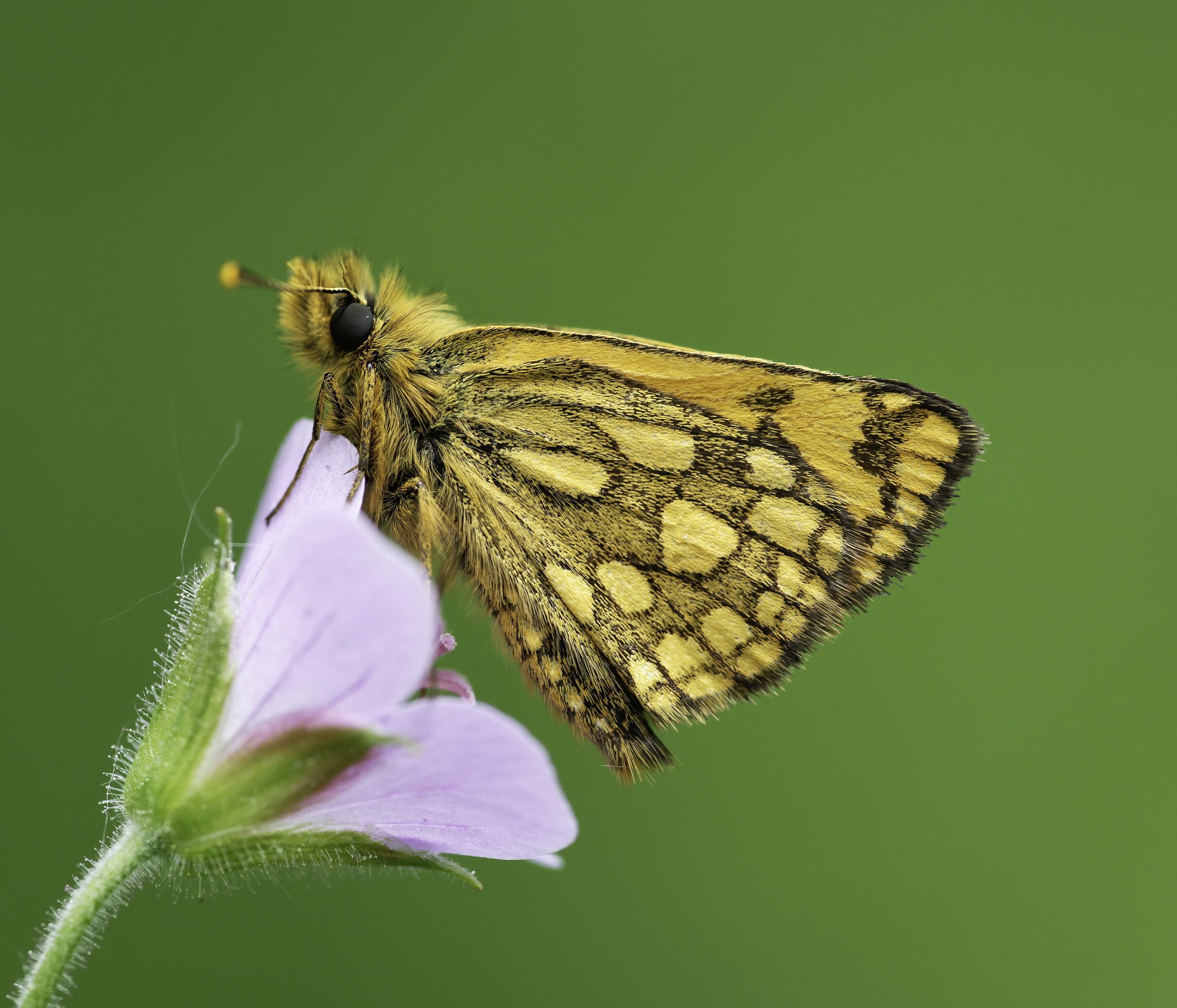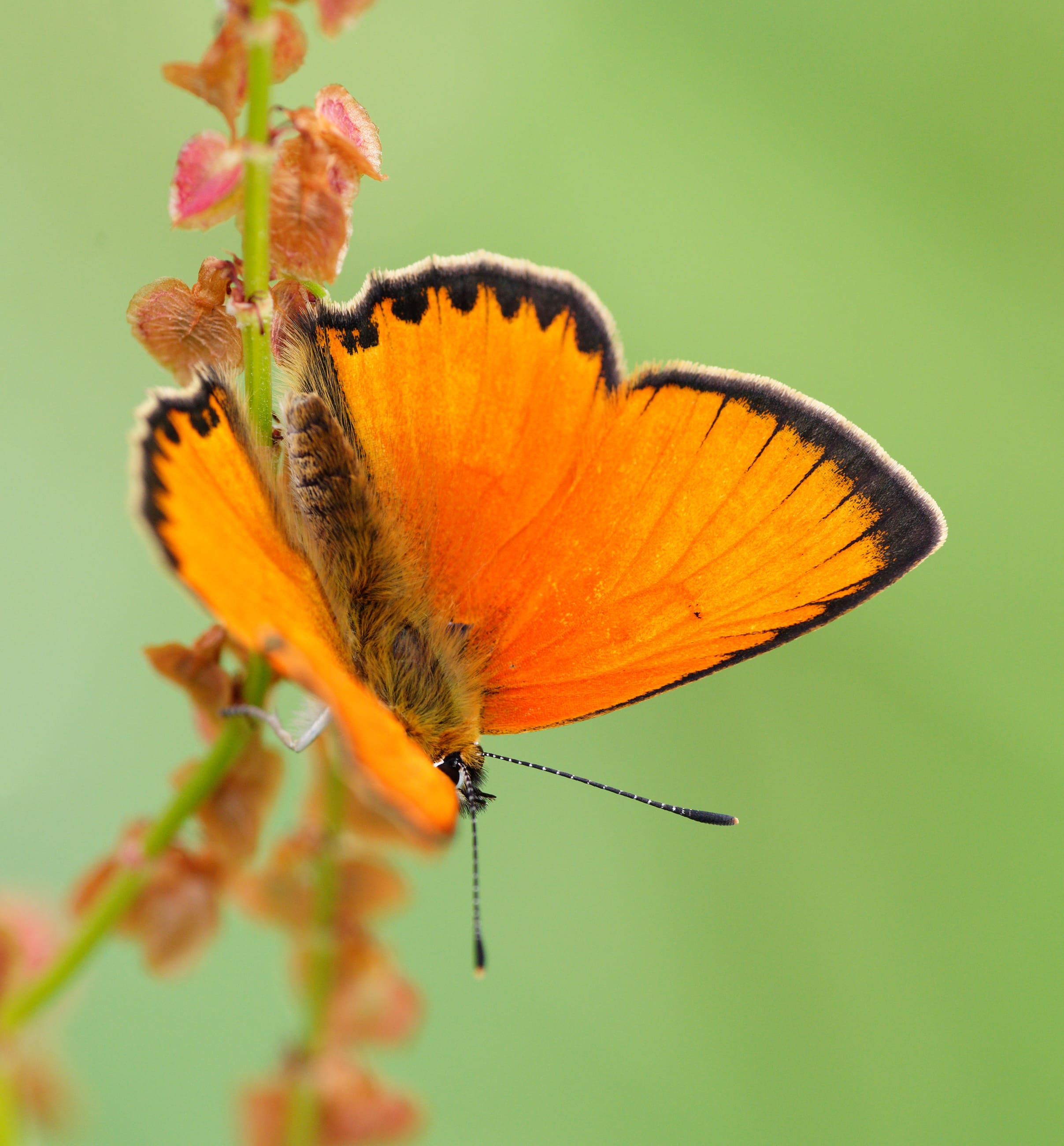How butterflies survived the Ice Age reveals clues to their future in the face of climate change
An international study led by the IBE reveals the genetic legacy of the Ice Age in European butterflies.
For the first time, the study reveals where European butterflies took refuge to escape extinction during the Ice Age and the dispersal routes to the north when this era ended.
The research reveals climate change's effects on biodiversity in the past and sheds light on the future of butterflies in the face of global warming.

About 115 thousand years ago, the world was covered in ice, as it had been doing periodically for the last 2.6 million years. The seas receded and vegetation disappeared in much of Europe, so its inhabitants had to flee to warmer areas to survive. The animals we know today are the descendants of those who achieved it and the history of their ancestors remained hidden in their genes.
Now, international research published in Science Advances led by the Institute of Evolutionary Biology (IBE), a joint centre of the Spanish National Research Council (CSIC) and the Pompeu Fabra University (UPF), and which has had the collaboration of the Institute Botanist of Barcelona (IBB, CSIC-CMCNB), has identified the climatic refuges of butterflies during the Ice Age and the routes they followed to recolonize northern Europe.
Through the largest genetic analysis carried out to date on a group of animals, the team has discovered the geographical obstacles that these insects encountered in their movement. The research also sheds light on genetic diversity’s conservation in the current climate change situation.
DNA of European butterflies reveals the climatic refuges of their ancestors
Previous studies had placed southern Europe as a climatic refuge during the Ice Age. This research illuminates the history of this journey during the Quaternary with the most extensive genetic analysis carried out on an animal group to date.
For 17 years, the team collected specimens from different populations of 494 species of butterflies from central and northern Europe and analyzed 31,000 mitochondrial DNA sequences. The analysis was carried out using barcoding techniques, which allow the identification of species with a minimal portion of DNA.
Genetic and phylogeographic analysis revealed that butterflies took refuge mainly in the Mediterranean during the Ice Age, pointing to the peninsulas, some islands, and the Maghreb as their climatic refuges.

Ice Age butterflies encountered obstacles during their migration
According to the genetic analysis of current butterflies, the Mediterranean was a barrier to the movement of these insects when the Ice Age ended. However, research has identified the Maghreb, in northern Africa, as the southernmost climate refuge.
“We did not expect to locate a climate refuge in the Maghreb because it is on the other side of the Mediterranean. Possibly, the butterflies traveled there through the Strait of Gibraltar and from Sicily to Tunisia, but they were “trapped” by the sea, which increased its level with the thaw, and because the coastal areas became too hot for many species. This explains why there is now great endemicity in the Maghreb, an area that requires urgent conservation measures,” explains Roger Vila, principal investigator of the IBE Butterfly Diversity and Evolution group who led the study.
In addition to the Mediterranean, the study also identifies the Pyrenees and the Ebro Valley, in Spain, as among the most important barriers that insects encountered during their migration.
Reconstructed the recolonization of butterflies in Europe during the Postglacial Era
During the thaw, the butterflies once again spread throughout Europe, but the landscape had changed. According to previous studies, the Alps acted as a barrier to the recolonization of other groups of animals, which were trapped in the Italian Peninsula. However, the team discovered that the butterflies were able to cross the Alps to recolonize northern Europe. In fact, Italy stands out as the most important region of postglacial dispersal.
“The mountains present a double game: in the ice age they were a barrier because they were frozen, but in the interglacial times they provide a refuge with sufficient humidity and without extreme summer temperatures. Today, the maximum diversity of butterflies is found in these ecosystems,” says Mattia Menchetti, a postdoctoral researcher at the IBE and co-author of the study.
The history of butterflies provides keys to their conservation in the face of climate change
Faced with increasing temperatures due to climate change, butterflies need natural spaces to rest, feed, and reproduce during their movement toward northern Europe. Therefore, the study concludes that the maintenance and protection of large natural corridors that connect the Mediterranean and the mountains of southern Europe with central and northern Europe are key to their conservation.
“The fragmentation of the habitat that human beings have produced with construction and intensive agriculture is a serious problem even for species that fly, such as butterflies. The creation of large natural corridors, greenways for animals, connecting the Mediterranean with Scandinavia would help avoid the loss of genetic diversity due to climate change,” comments Mattia Menchetti.
Furthermore, the technology developed in this study could facilitate the genetic mapping of animals and plants around the world, contributing to preserving global biodiversity.
“Until now, studies gathered genetic information about a species of butterfly and related it to its geographical location. The new model uses comparative phylogeography to integrate all the information of a diverse animal group in a region and build the map of its historical movements, endemicity, and points of high genetic variety in an objective and precise way,” adds Roger Vila.
Reference article:
Dapporto, L., Menchetti, M., Dincă, V., Talavera, G., Garcia-Berro, A., D'Ercole, J., Hebert, P. D. N., & Vila, R. (2024). The genetic legacy of the Quaternary ice ages for West Palearctic butterflies. Science Advances. DOI:10.1126/sciadv.adm8596
